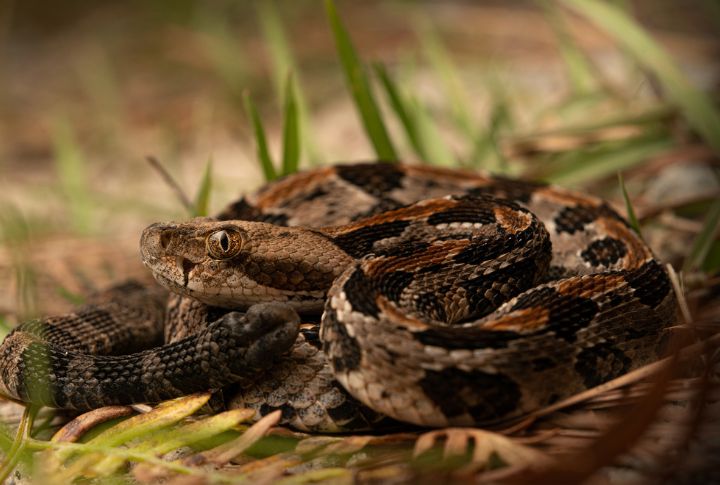
The timber rattlesnake’s warning rattle and scary look have earned it a reputation as a formidable predator, though it usually avoids human encounters. Prepare to uncover 15 fascinating facts about these enigmatic and evil beings, shedding light on their remarkable existence.
Ancient Origins
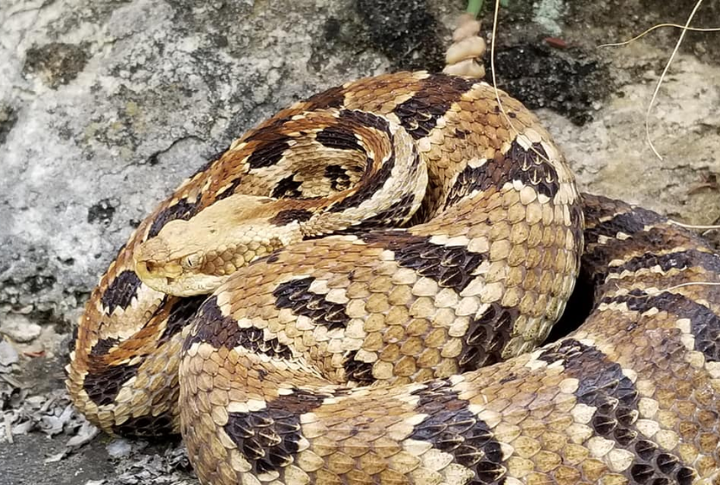
Like other snakes, the canebrake or timber rattlesnake evolved from burrowing lizards that roamed the earth millions of years ago. Its lineage can be traced to the Middle Jurassic Epoch, showing a tremendous journey of adaptation and survival.
Legends and Folklore
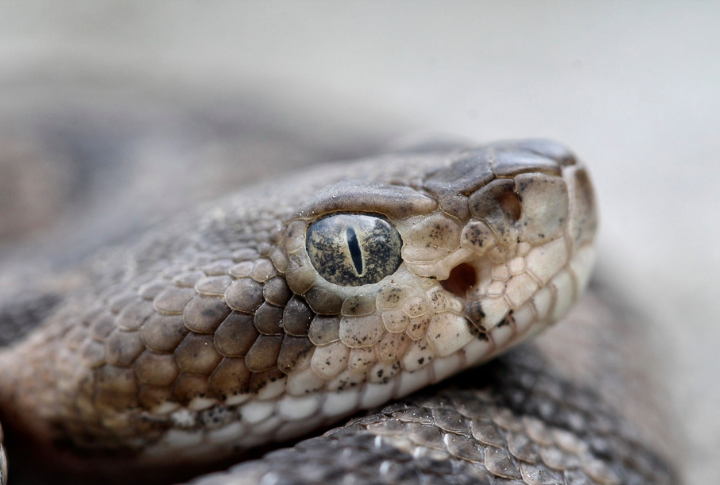
Snakes have woven themselves into the oral traditions of many societies as symbols of danger. Some indigenous tribes revered snakes as symbols of wisdom and power, while others feared them. In ancient myths, they represented divine retaliation for those who did wrong things.
Size and Weight
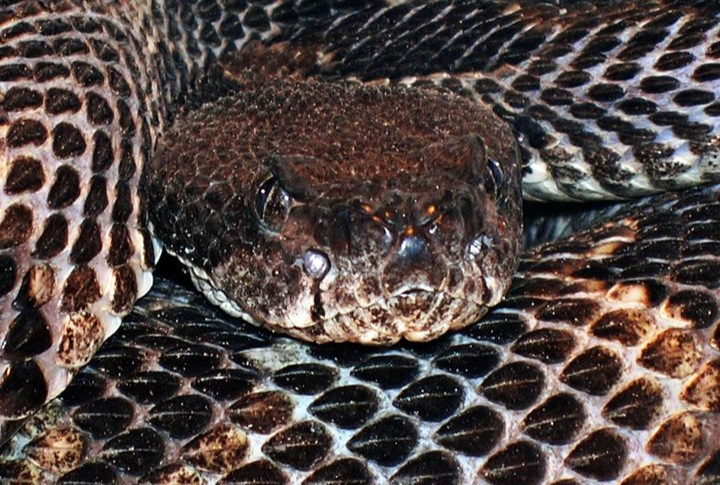
Timber rattlesnakes are medium-sized pit vipers, reaching lengths between 2.5 and 5 feet at maturity. Their weight varies depending on feeding success and overall size, but they generally range from 1.1 to 3.3 pounds.
A Distinctive Look
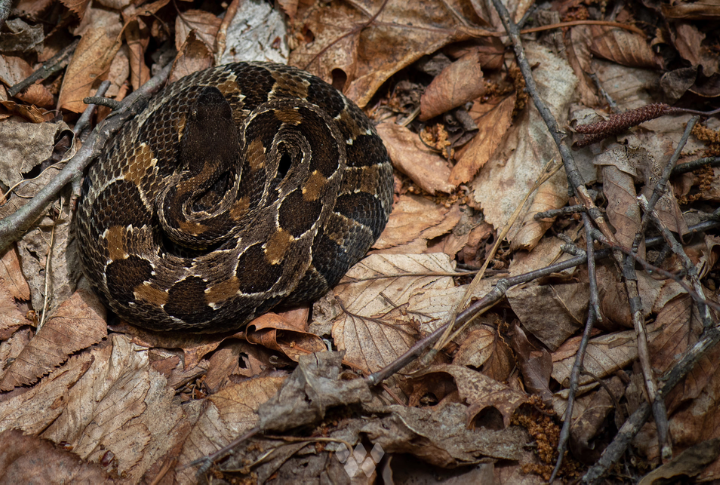
These snakes are named for their mosaic-like coloration, where the base color can be brown, yellow, or even black, adorned with a series of dark brown or black crossbands running down their backs. A distinct rust-colored stripe often runs down the center of their back, adding another layer to their pattern.
Master of Diverse Habitats
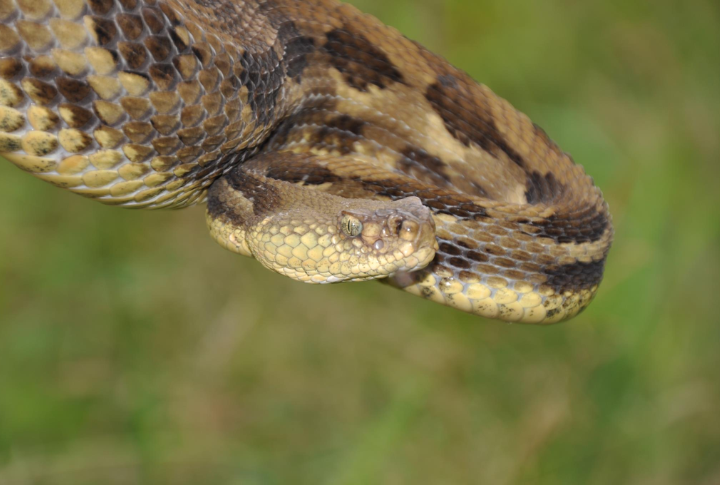
Mixed hardwood and pine forests, with their dappled sunlight and abundant ground cover, provide excellent camouflage for these venomous creatures. Rocky slopes and ledges offer basking areas and secure shelters from predators. Though forests remain their preferred domain, they can even slither through the coastal plains.
Finding a Home
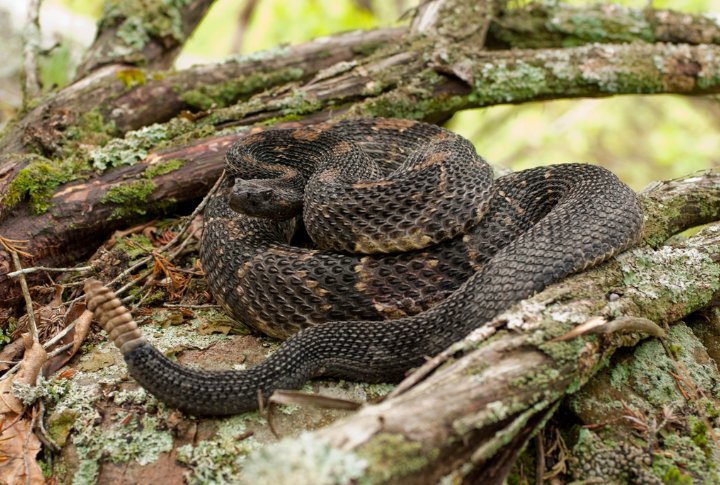
Timber rattlesnakes are found throughout the eastern regions of North America, ranging from southern New Hampshire down to Florida and west to Texas. Their populations have declined significantly in many areas because of habitat loss due to development and agriculture. They were eradicated in Canada in 2001.
Nighttime Feast
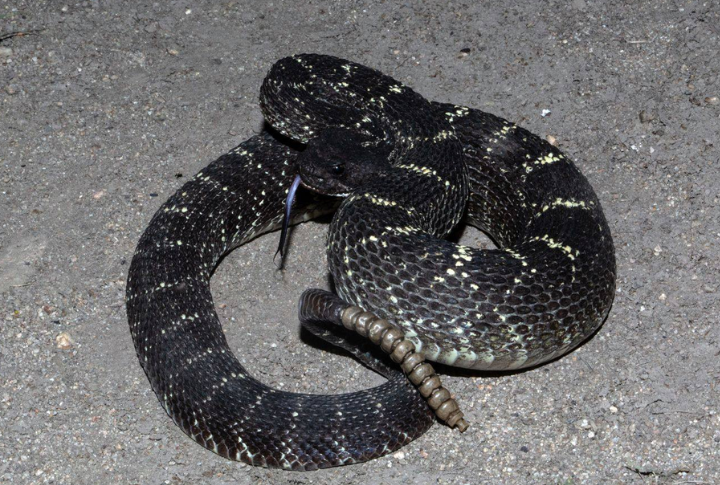
These stealthy hunters are most active during dusk and dawn, taking advantage of the low light conditions to ambush unsuspecting prey. They strategically position themselves in areas where they can find mice, voles, squirrels, and rabbits and use their keen sense of smell to detect potential meals.
Secret Weapon
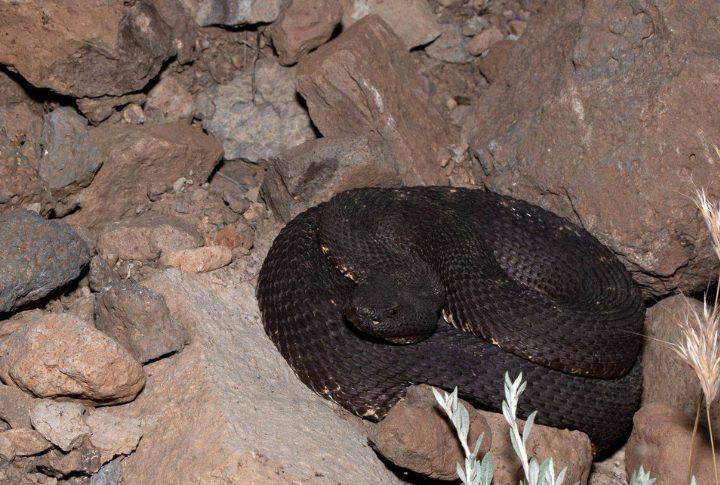
This snake is often seen flicking its forked tongue to capture scent particles and analyze the surrounding environment. Another secret weapon is a pair of heat-sensing pits to detect the warmth radiating from warm-blooded animals, even in complete darkness. They give the snake a significant advantage, especially during nighttime hunts.
Unusual Reproductive Behavior
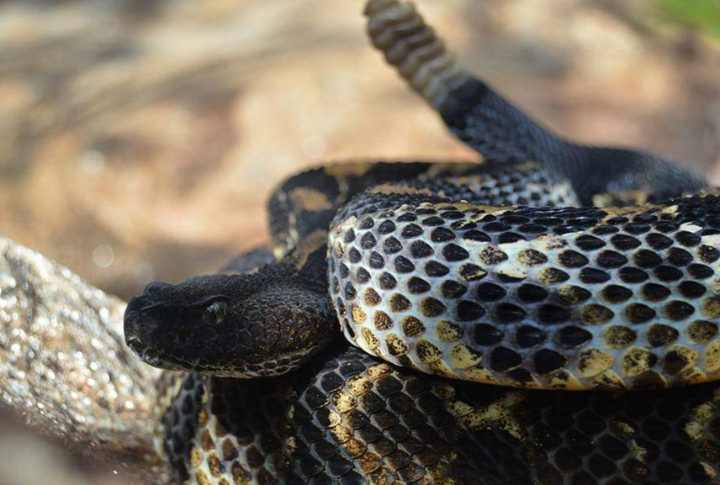
Unlike many snakes, timber rattlesnakes give birth to live young. The mother fertilizes the eggs internally and carries them within her body. Males reach sexual maturity when they’re 4 to 6, while females mature at 7 to 13 years old. This delay contributes to their slow population growth.
A Record-Breaker
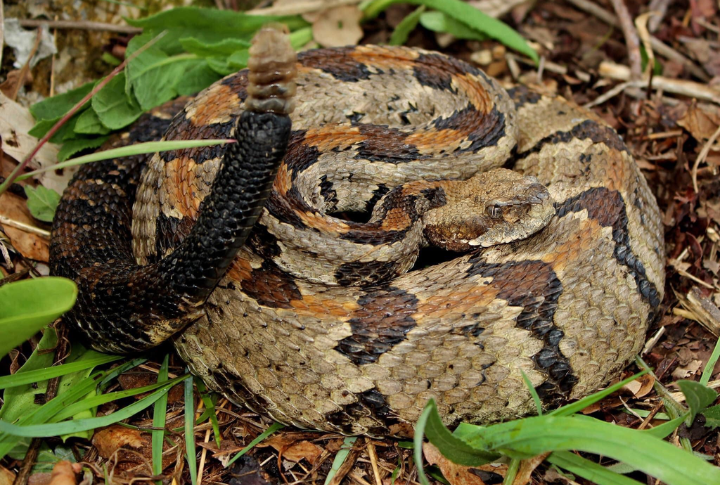
The largest timber rattlesnake ever recorded was a giant discovered in Florida in 1996. This impressive specimen measured a staggering 6 feet 2 inches long, making it a true king. It weighed a hefty 12 pounds.
The Warning Rattle
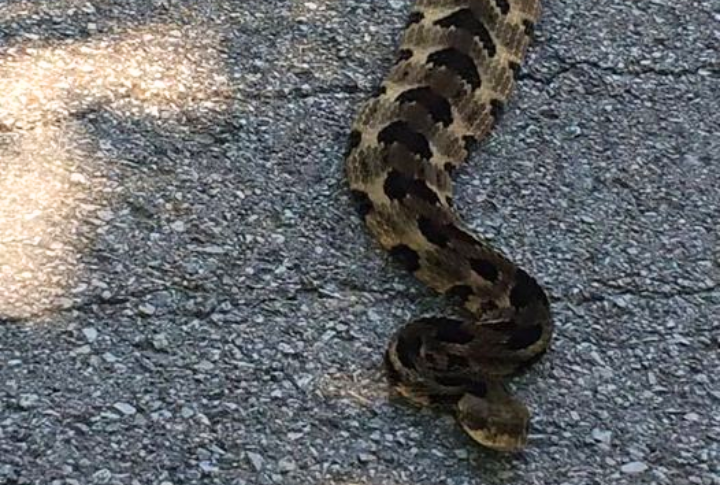
A segmented rattle located on the tail is a fascinating tool for survival. This hollow structure is formed from modified keratinized scales. When the snake feels threatened, it rapidly vibrates its tail, shaking the rattle to produce a distinctive buzz. It adds a new segment to the rattle with every skin shed.
Outsmarting Predators
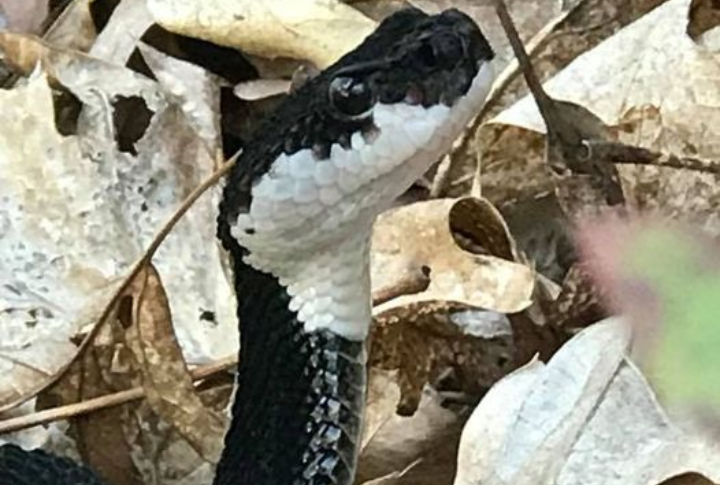
Hawks, eagles, foxes, coyotes, and wild pigs include branded rattlesnakes on their menu. They rely on superior speed, agility, or strength to overpower it. However, these snakes evolved strategies to escape danger, including camouflage that allows them to blend in with their surroundings.
Lifespan of a Timber Rattlesnake
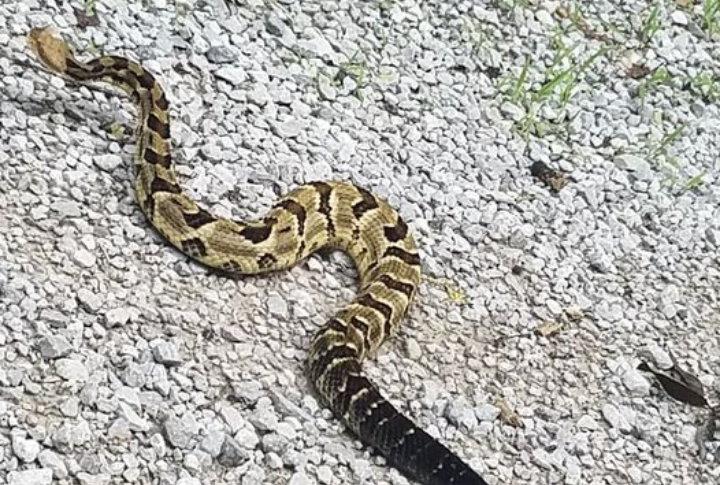
In the wild, timber rattlesnakes typically live for 15 to 20 years. However, some live up to 30 years in captivity under ideal conditions. The oldest canebrake rattlesnake died at 37 years old.
Understanding the Venom
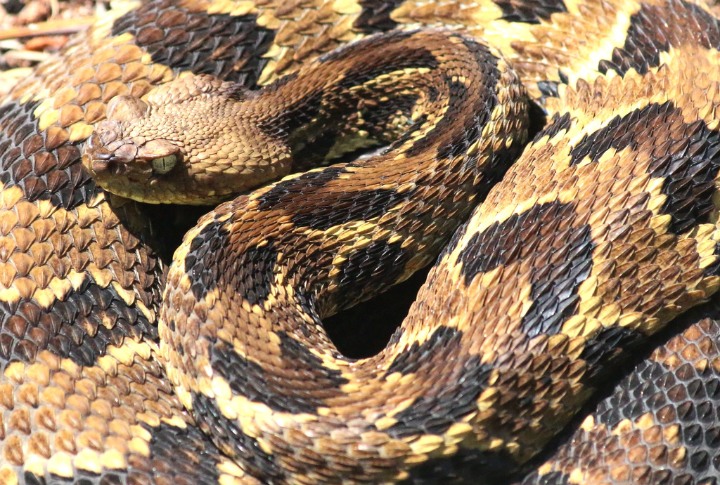
Timber rattlesnakes are venomous snakes, and their bite is dangerous when left untreated. Their venom is a complex hemotoxin that destroys the tissues as it facilitates digestion. It causes intense pain, swelling, nausea, and vomiting and might lead to tissue necrosis.
Staying Calm and Taking Action
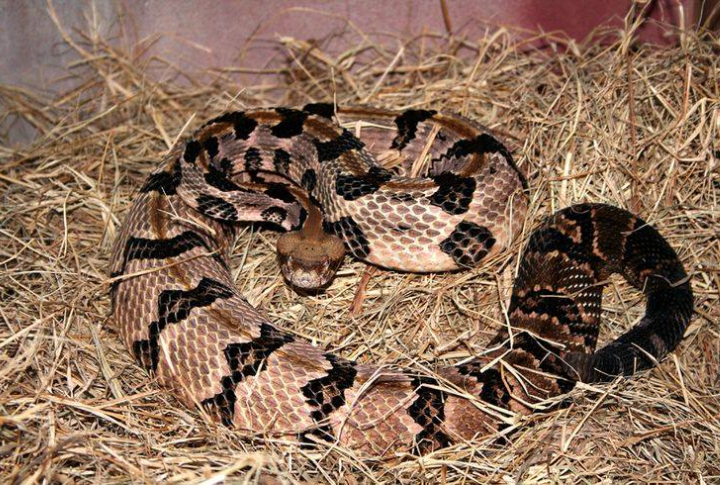
Call emergency services immediately and keep the bitten area still and below the heart. Do not cut, suck, or apply a tourniquet to the wound, as these actions can worsen the effects of the venom. Wait for medical professionals to administer the appropriate treatment, typically antivenin.

Comments
Loading…